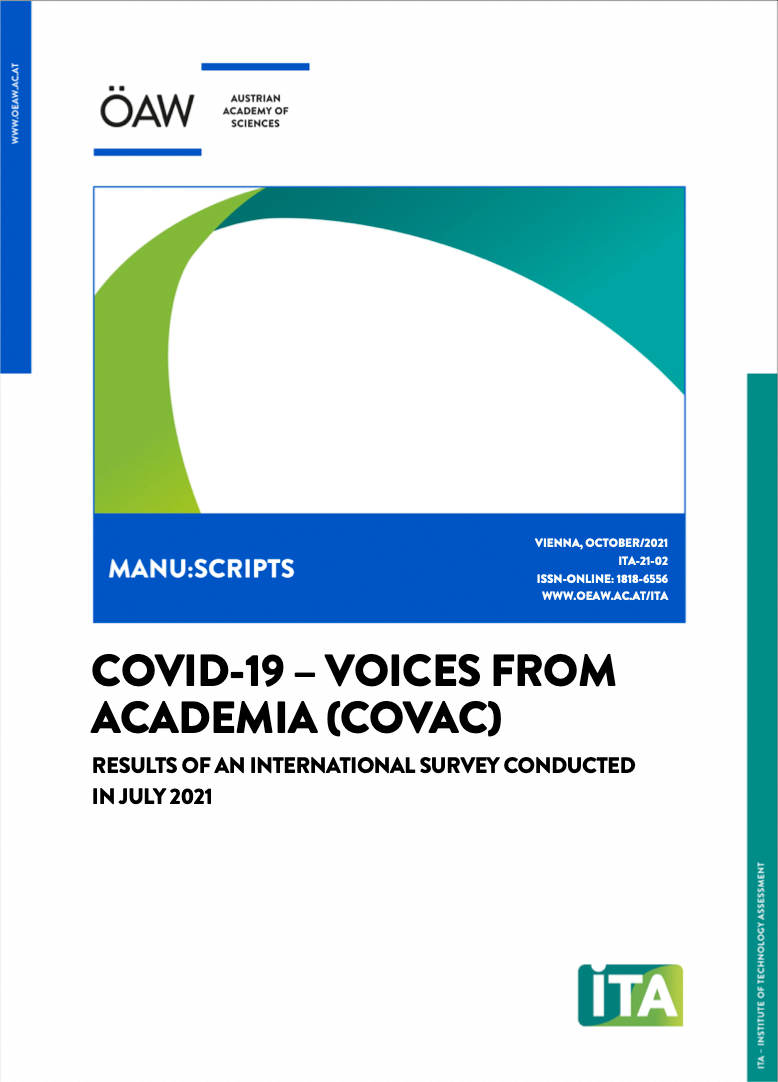The paper presents the ”integrated concept of sustainable development“ and its application to answer the question of “Is the use of surplus grassland for energy production sustainable?” The integrated concept is based on the elements of “inter- and intra-generative justice”, “global responsibility”, “anthropocentric understanding of nature”, and “integrated perspective”. These elements are outlined as “rules” by 15 essential and 10 instrumental requirements. In concrete projects of evaluating the sustainability of measures, policies or technologies, it is possible to use a rule screening for restricting the scope of treatment without having to give up individual aspects of sustainability. In the project “Energy from grassland – a sustainable development?”, the ”integrated concept of sustainable development“ will be used to identify the advantages and disadvantages of different options of energy production from surplus grassland for a sustainable development in the German state of Baden-Württemberg. First results demonstrated that the burning of hay from extensively used areas, the biogas from intensively used areas, and the conversion to maize fields, have advantages and disadvantages in terms of a sustainable development when it is compared with the reference situation (mulching of the grassland and using fossil sources for energy production). It became obvious that the burning of hay is associated with the greatest advantages. The use of biogas has small advantages, whereas the use as maize fields is characterised by small disadvantages. The results presented are based on first estimations. These will be verified and updated within the project by calculations of materials flows, energy expenditures, and economic parameters.



